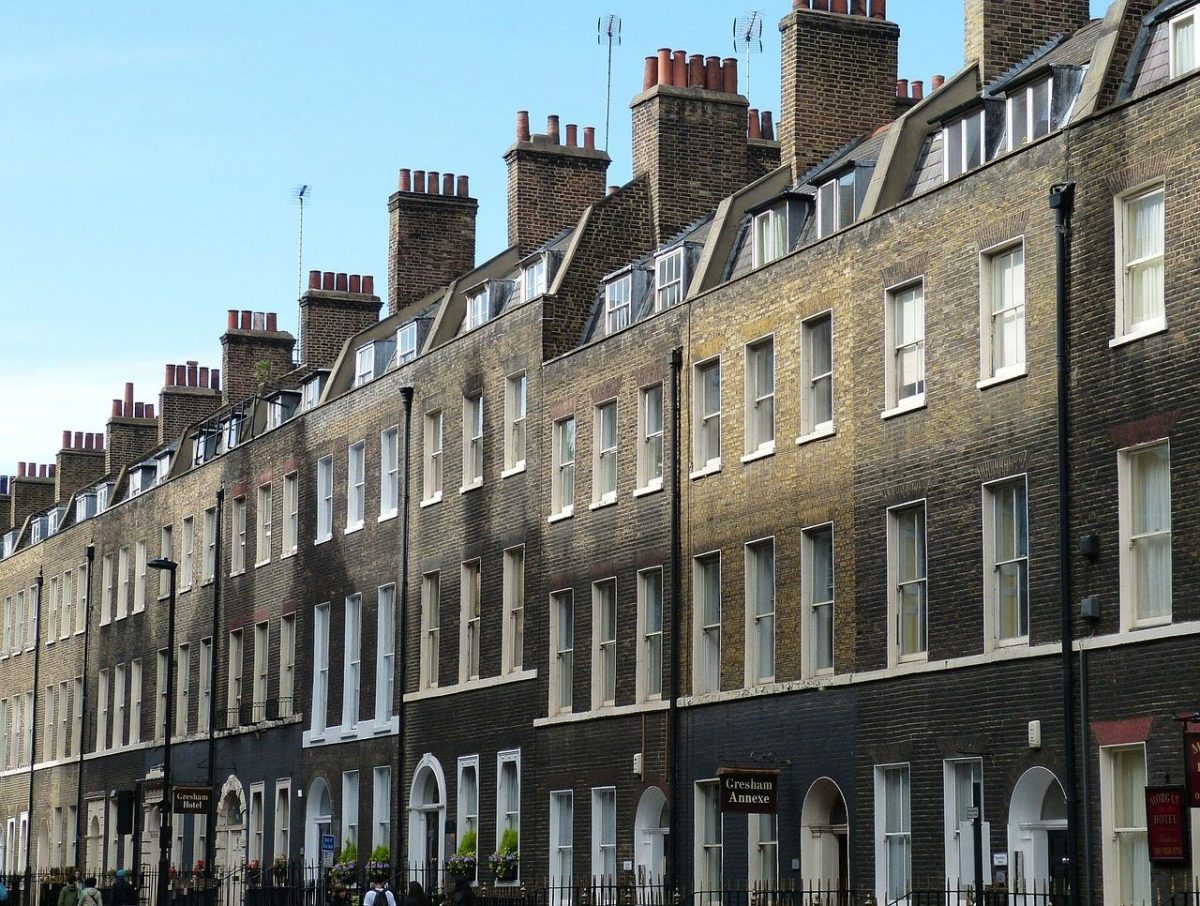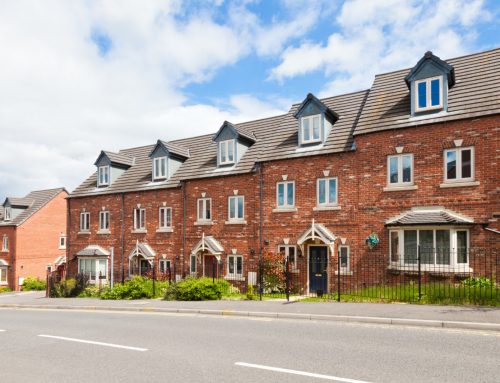UK Property Market Forecast 2017
UK Property Market Forecast 2017, How will house prices change this year & What areas will see the biggest growth? This year, the UK is set to begin formal negotiations with the European Union about Brexit. Creating uncertainty around the housing market in 2017. What will happen to UK house prices? Before the referendum, there were extreme predictions for the UK’s housing market. Some suggested if the UK left the EU, house prices could fall substantially; one Treasury report suggested that house prices could plunge by up to 18%. There was a decreased amount of activity in the aftermath of the referendum, and an uncertainty of what next, there was no Armageddon. Since the referendum, the UK property market has largely been business as usual.
Most experts predict modest growth in house prices next year.
House price growth was relatively stable in 2016 but is likely to slow next year, the Nationwide has said. According to its latest House Price Index, average prices have grown by 4.5% over the last 12 months; the same rate as in 2015. The building society said house price growth of “around 2%” was “more likely than a decline”. According to the index, all regions saw house price growth in 2016; with East Anglia topping the table for the first time since 2010, with average prices up 10.1% year-on-year. However, the above-average performance of London’s housing market began to falter. For the first year since 2008, price growth in the capital was lower than the UK average; with prices increasing by 3.7% over the year – down from 12.2% in 2015.
London Slowdown
There has been a drop in activity in the London property market. Figures from the Office for National Statistics (ONS) show the average house price in the capital still stands at £474,000; more than double the typical price of £217,000 in the UK as a whole. The increased SDLT introduced in April has detracted from luxury purchases in the capital. Since April, anyone buying a residential property other than their main residence has had to pay a 3% stamp duty surcharge; for a second home purchase or buy-to-let investment property, the rate for properties priced above 1.5m reaches 15%. UK Property prices will continue to be a talking point across 2017. The effects of Brexit and the continued shortage of new homes being built and fears yields could be further squeezed by government policy. In 2016, we saw a surge of activity due to investors moving to beat the increase in stamp duty. Fast forward to July, house prices remained resilient against the backdrop of uncertainty caused by the leave vote. Annual house price inflation has slowed but the majority of experts are still anticipating growth for 2017, albeit slow growth. However, there are still plenty of good opportunities for investors; certain areas in the commuter belt of London are expected to see a surge. The Northern Powerhouse cities still represent good value. Properties in the Northern Powerhouse show strong long-term potential and steady rental yields above property in the south.
UK Property Market Forecast 2017 – What are the experts saying?
- Ed Stansfield, Capital Economics: 2% rise
- Simon Rubinsohn, Rics: 3% rise
- Robert Gardner, Nationwide building society: 2% rise
- Martin Ellis, Halifax: 1% to 4% rise
UK Property Market Forecast 2017, Rics, House prices to rise 3% next year
Royal Institution of Chartered Surveyors predicts that house prices will rise by three per cent next year as the number of transactions stabilise. Rics believes property values will rise in each region of the UK next year, with East Anglia, the North West and West Midlands recording higher gains than the national average. It adds that prices in Central London will stabilise after recent declines, with support provided by the weaker exchange rate encouraging foreign buyers. Simon Rubinsohn, Rics chief economist, said: ‘the ongoing shortfall of stock across much of the sales and lettings markets is set to continue to underpin prices and rents.’
UK Property Market Forecast 2017, Nationwide, gains of 2% expected
Nationwide Building Society says that house price growth has been in a narrow range of four to six per cent over 2016, in line with its estimates this time last year. Britain’s biggest building society says that a number of policy changes made it difficult to gauge the underlying strength of housing demand for much of the year – while the picture was further obscured by the ‘gyrations of some forward-looking indicators of economic activity and consumer sentiment in the wake of the Brexit vote. Robert Gardner, chief economist at Nationwide, said: ‘Survey data indicates that, while new buyer enquiries have remained fairly subdued, the number of homes on the market has remained close to all-time lows, in part due to low rates of construction activity.
UK Property Hotspots 2017
Hometrack: Birmingham and Manchester set for growth
Hometrack is predicting 4 percent growth in 2017 with above average increases in large regional cities Manchester and Birmingham, projected to offset low nominal growth in London. Richard Donnell, of Hometrack says: ‘In London and southern cities homeowners are facing the greatest affordability pressures, while the buoyant investor market has been impacted by fiscal changes, as well as tougher underwriting standards for mortgage borrowers. ‘In larger regional UK cities, such as Birmingham and Manchester, affordability remains attractive and we believe there is room for further price growth over 2017. Click to view our latest property investment opportunities





